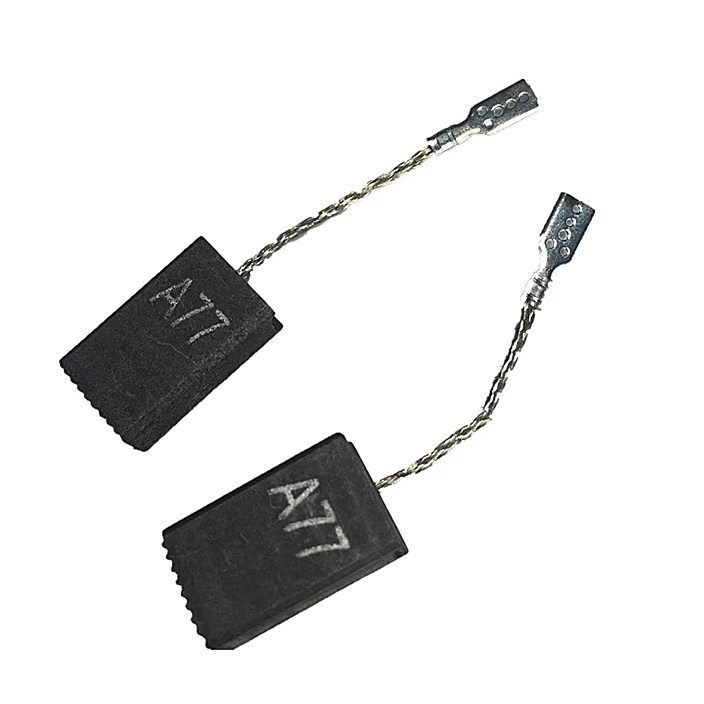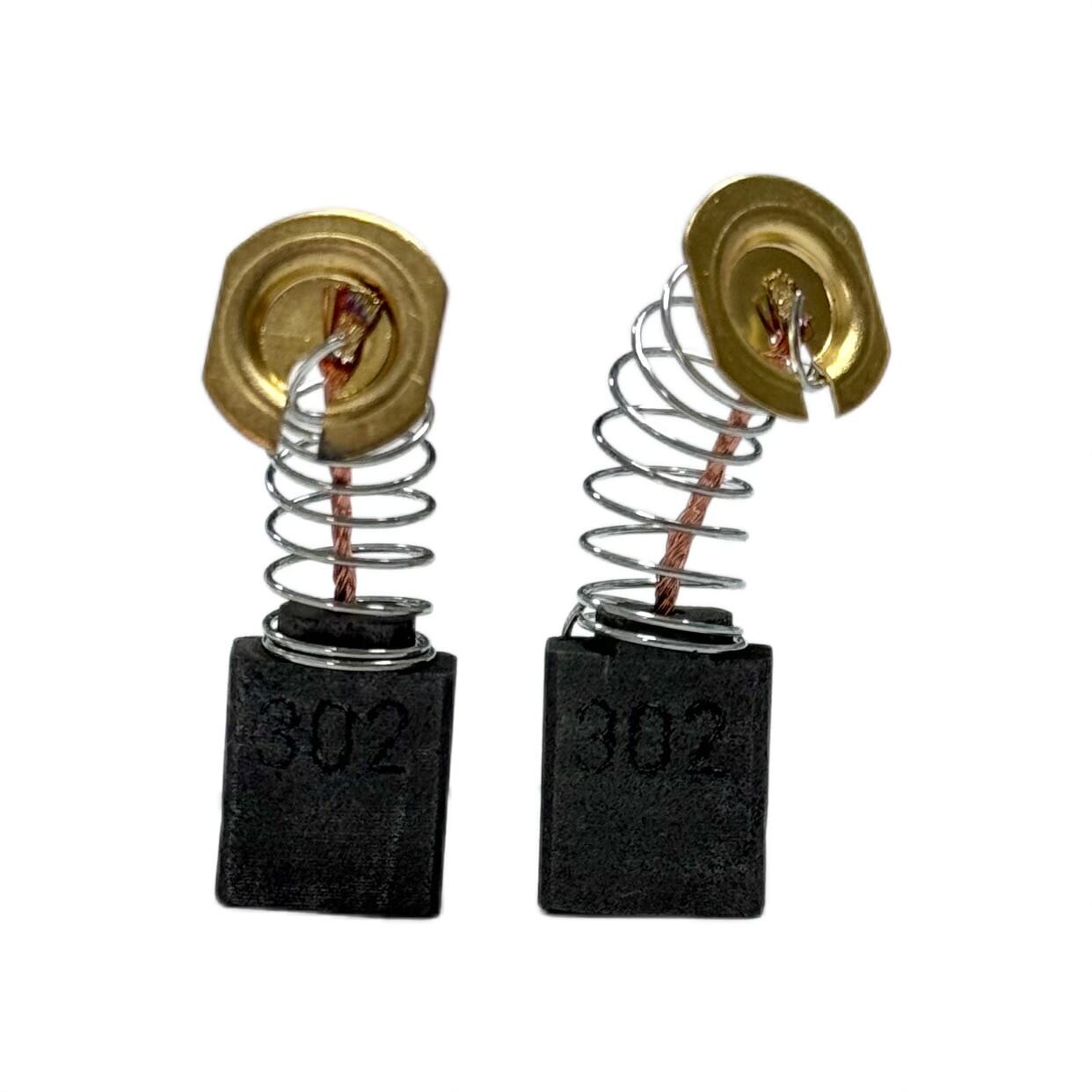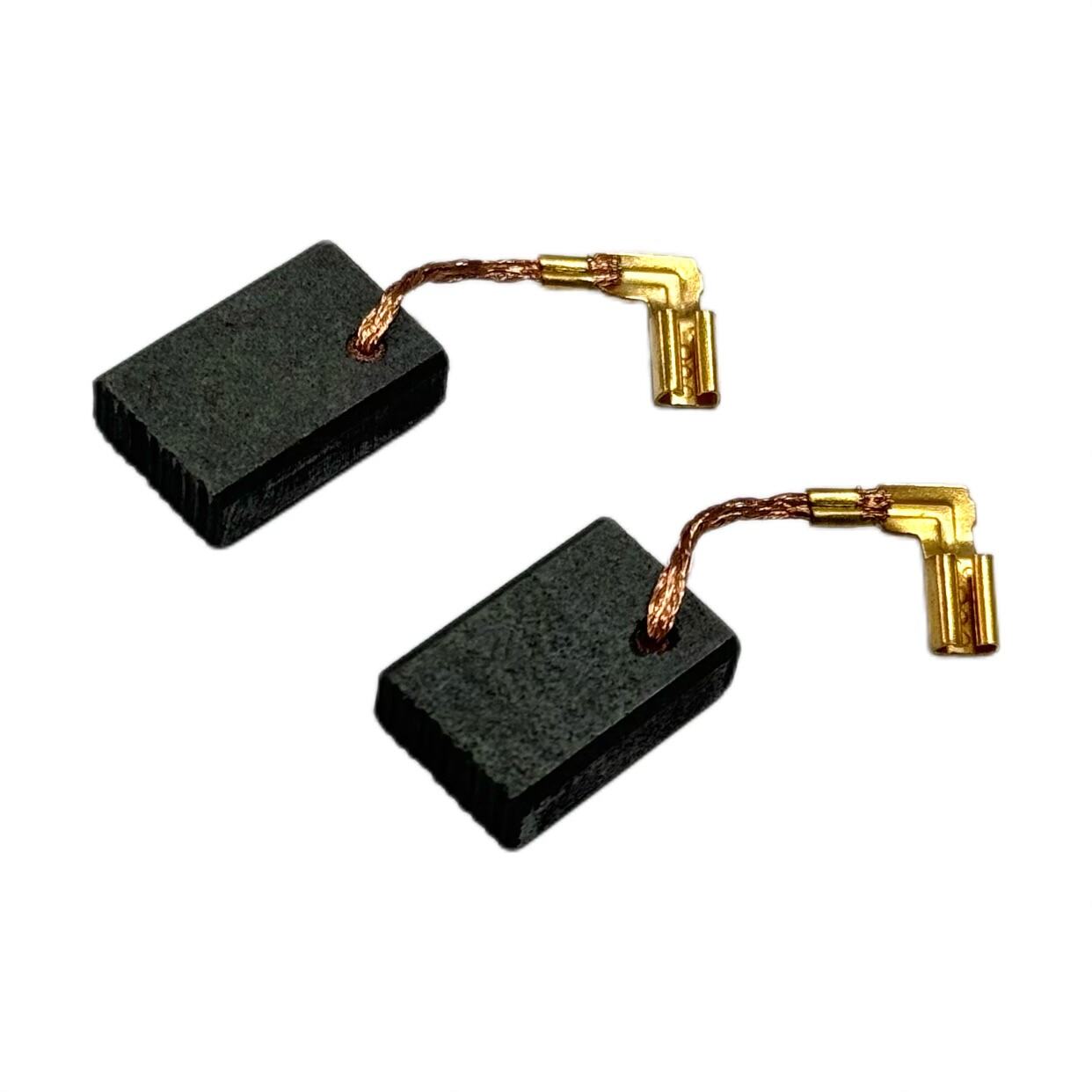carbon brush
A carbon brush is an essential electrical component that plays a vital role in electric motors and generators by conducting electrical current between stationary and rotating parts. Composed of high-grade carbon or graphite materials, these brushes are engineered to provide reliable electrical conductivity while maintaining optimal mechanical properties. The design incorporates specific grades of carbon material selected based on the application requirements, ensuring consistent performance across various operating conditions. Carbon brushes function by maintaining constant contact with the commutator or slip ring, facilitating smooth power transmission while minimizing wear and friction. Their sophisticated construction includes features such as specialized holders, spring mechanisms for consistent pressure, and precise dimensional tolerances. These components are critical in applications ranging from small household appliances to large industrial machinery, power generation equipment, and automotive systems. Modern carbon brushes often incorporate advanced materials and design elements that enhance their durability, reduce maintenance requirements, and improve overall system efficiency. The technology behind carbon brushes continues to evolve, with manufacturers developing new compositions and treatments to meet increasingly demanding performance specifications.


